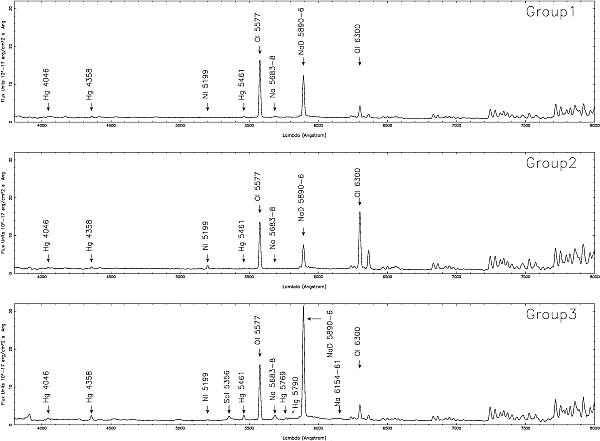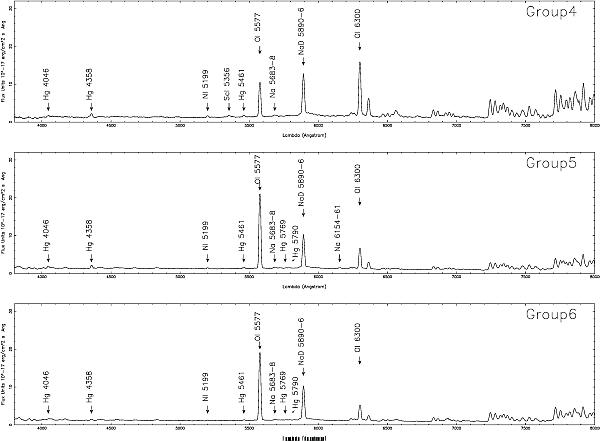 | |||
|
| Home > Public Information > ING Newsletter > No. 9, March 2005 > An Updated View of the Light Pollution at the Roque de Los Muchachos Observatory |
|
|
SCIENCE |
|
|
|
Previous: PlanetPol: A High Sensitivity Polarimetre for the Direct Detection and Characterisation of Scattered Light from Extra-solar Planets | Up: Table of Contents | Next: Joint ING and NOT Conference: Second Meeting on Hot Subdwarf Stars and Related Objects



